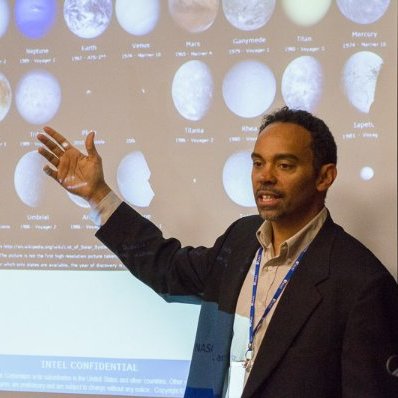
Michael A. Smith is a visual computing architect and Director of the Intel Software Academic Program for Visual Computing and the Internet of Things. He is a specialist in image and video analytics with a focus on automated media understanding for video search and visualization. He has given over 100 invited presentations and he is the author of numerous scientific publications and a book on video indexing, search and summarization. He is a pioneer in health systems for remote monitoring and he is a co-founder of the Urban Health initiative for improving patient wellness in underrepresented communities.
He served as the Director of Research for France Telecom-Orange Labs, San Francisco, where he developed advanced media systems for smartphones and other mobile platforms. He developed seminal image processing and context aware analytics solutions to drastically increase face and location recognition in photographs on smartphones. As part of the Informedia Digital Video Library at Carnegie Mellon University, he developed patented technology for video metadata creation and summarization, which was licensed to several media organizations, including SonicFoundry and Sony.
He is also a specialist and innovator in entrepreneurial and education advances in developing countries. This includes work with the Government of Trinidad and Tobago to develop their national university system, where he served as the Vice President of Digital Media Studies and Chairman of the ICT Department. He has worked as a visiting scholar and Fulbright Specialist at Amity University, India, the Universitaria de Investigación y Desarrollo, Colombia, the University of Campinas, Brazil, and the University of Cape Town, South Africa and he was recently appointed an Invention Ambassador to the AAAS - Lemelson Foundation. He has held academic positions at the University of Texas in Austin, Huston-Tillotson University and Morehouse College. He also served as a research scientist and lecturer at the University of California at Berkeley as part of the NSF Broadening Participation in Computing Engineering Pathways Digital Library. Dr. Smith holds a PhD in Electrical and Computer Engineering from Carnegie Mellon University, a Master’s in Electrical Engineering from Stanford University, and a Bachelor’s degree from Tuskegee University and North Carolina A&T University.
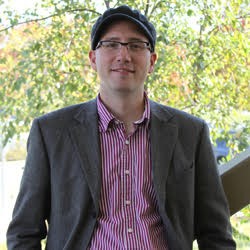 Dr. Joseph Cottam is a research associate at the Center for Research in Extreme Scale Technologies (CREST) at Indiana University. His research is on building systems to enable better visualizations. He works with sociologists, physicists, computer scientists, and economists to help them better understand the datasets they have. Joseph has been an active participant in outreach efforts since he was a graduate student. He was a participant at the first BPViz workshop. He worked with the Women in Computing Group at Indiana University in their outreach efforts, including the "JustBe" outreach roadshow to show high school students and undergraduate applications of computer science. A study of this roadshow found it effective at changing attitudes towards STEM fields. Joseph worked on the SIGCSE workshop "Demystifying and Degeekifying computing through K-12 Outreach" (2007). He worked at several outreach CSTA sponsored workshops at including "Bring It On" workshops at Google in 2006 and at Indiana University in 2007. At these workshops, educators were brought in to help them develop their own outreach materials. Joseph was active in the Indiana University Informatics undergraduate research program (IRSP), mentoring undergraduates in visualization-related projects.
Dr. Joseph Cottam is a research associate at the Center for Research in Extreme Scale Technologies (CREST) at Indiana University. His research is on building systems to enable better visualizations. He works with sociologists, physicists, computer scientists, and economists to help them better understand the datasets they have. Joseph has been an active participant in outreach efforts since he was a graduate student. He was a participant at the first BPViz workshop. He worked with the Women in Computing Group at Indiana University in their outreach efforts, including the "JustBe" outreach roadshow to show high school students and undergraduate applications of computer science. A study of this roadshow found it effective at changing attitudes towards STEM fields. Joseph worked on the SIGCSE workshop "Demystifying and Degeekifying computing through K-12 Outreach" (2007). He worked at several outreach CSTA sponsored workshops at including "Bring It On" workshops at Google in 2006 and at Indiana University in 2007. At these workshops, educators were brought in to help them develop their own outreach materials. Joseph was active in the Indiana University Informatics undergraduate research program (IRSP), mentoring undergraduates in visualization-related projects.
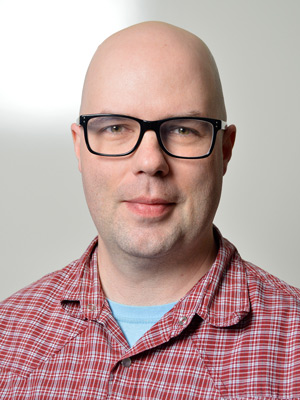
Mark W. Van Moer is a Senior Visualization Programmer at the National Center for Supercomputing Applications (NCSA) at the University of Illinois at Urbana-Champaign. His scientific visualization work focuses on finite element meshes, in-situ visualization, remote visualization, and the integration of visualization into larger HPC workflows. His information visualization work touches on text analysis, multi-dimensional and hierarchical data. He is interested in introducing visualization to new communities and disciplines.
.jpeg)
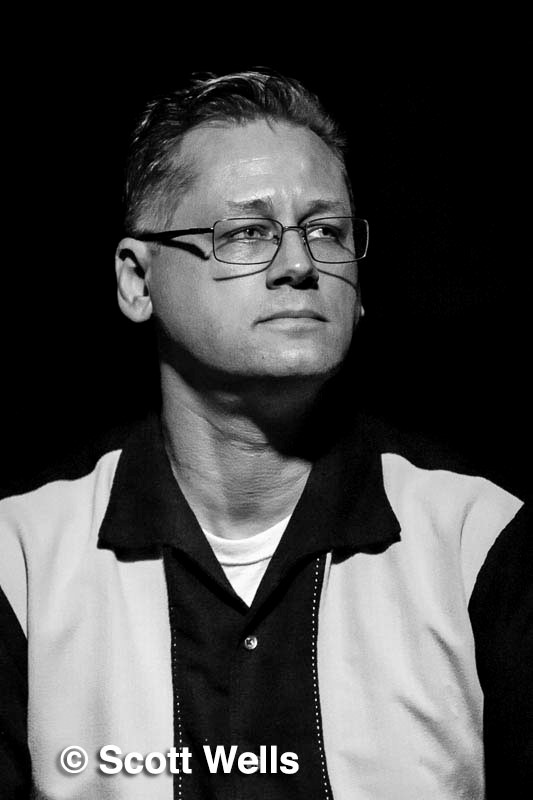
Jeff Carpenter came to NCSA in 1994 as a multi-media designer and post-production specialist, joining the AVL team in 2008. He collaborates with scientists and artists to help bring their work to a wider audience. Within AVL, his focus is on the art & design side of the production pipeline, including 2D & 3D visualization, media design, video production, editing, & compositing. Jeff is fluent in a variety of tools, including Adobe Photoshop, After Effects, and Premiere Pro, as well as Nuke, Maya, Houdini, and our in-house software tools. If pressed, he would admit to knowing how to program in JavaScript, HTML5, Flash & some PHP as well. Jeff’s work has been seen on PBS, the Big Ten Network, planetarium & theatrical venues around the world, with permanent exhibits at the Museum of Science and Industry in Chicago and the Spurlock Museum on the Illinois campus. In his free time, he is an actor, a drummer, and was a founding board member of the Upper Sangamon River Conservancy and the Illinois Media Professionals.
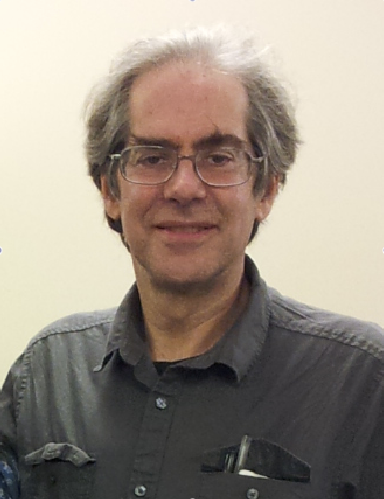
Stuart Levy is a research programmer at the Advanced Visualization Lab at NCSA. He enjoys building software tools for visualization and scientific data conversion, keeping the computer systems running, and participating in the work of the visualization group. He has been involved in many of its productions since 1997. He had worked previously at the Geometry Center at University of Minnesota, developing software for mathematical visualization.
One software tool he substantially wrote at NCSA, partiview, was adopted by the Hayden Planetarium as a platform for disseminating their Digital Universe model. He is also an amateur astronomer with interest in astrophysics and likes telling astrophysical stories informally to the public. This has been useful background for many of the visualization group's astronomical outreach projects, where he has also served as liaison with astronomers and other physical scientists.

Krystal Cooper is a graduate student at the iSchool at the University of Illinois, Urbana-Champaign. Her research explores information science, digital preservation and cultural analytics. Krystal attended the 1st CRA-W/CDC Broadening Participation in Visualization Workshop and will participate in BPViz'16 as a panelist.
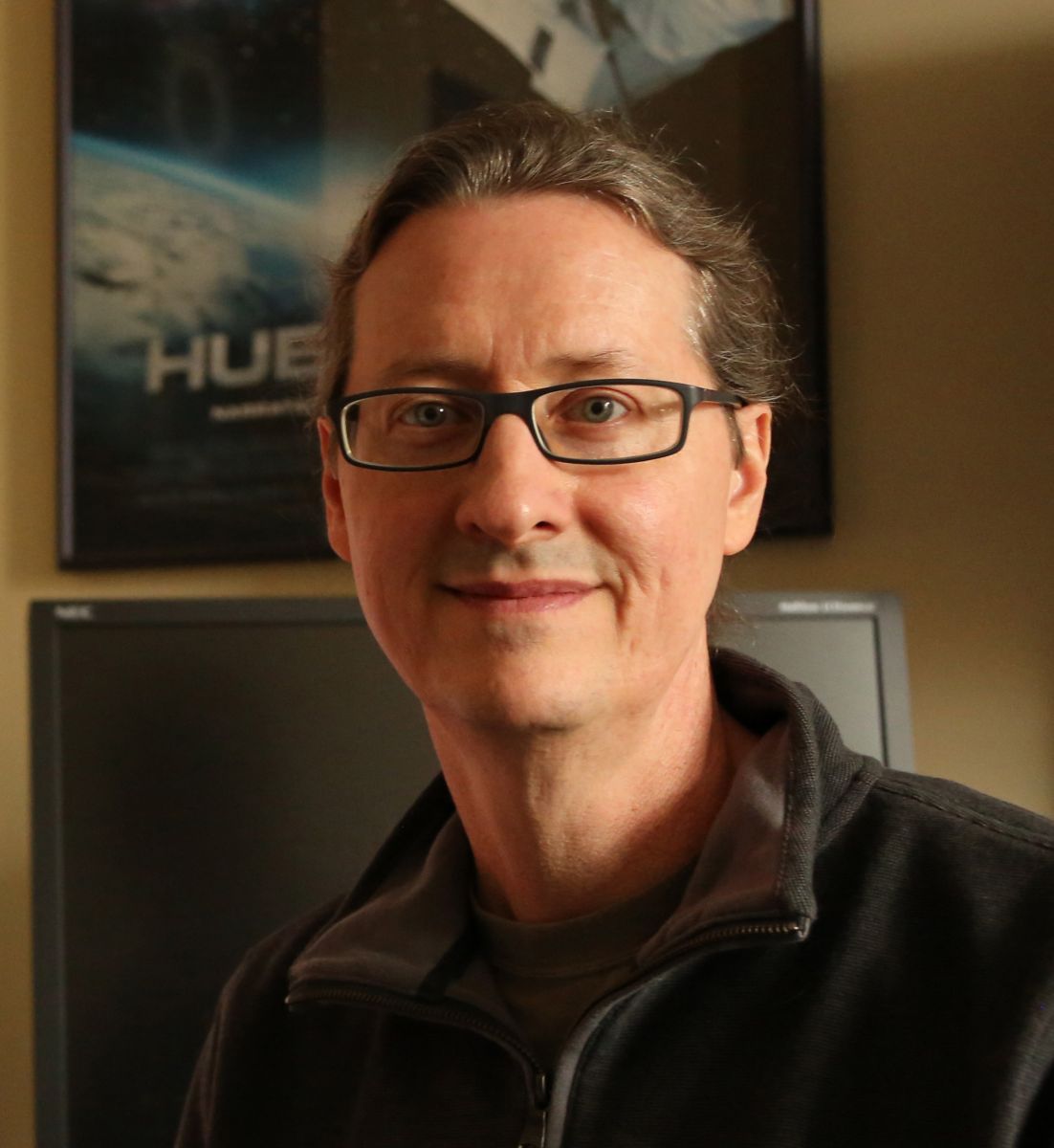
Robert Patterson is a visualization designer at NCSA’s Advanced Visualization Lab (AVL) and Associate Director for Production of the Illinois eDream Institute (Emerging Digital Research and Education in Arts Media). For over twenty-five years, he has collaborated with scientists and technologists to produce scientific visualizations for informal science education. Patterson has choreographed and art directed visualizations that have appeared in NOVA, Discovery Channel, IMAX 3D and digital fulldome planetarium productions. Patterson co-created Virtual Director, a virtual computer graphics tool that enables voice and gesture controlled navigation and camera choreography for collaborative design of visualizations. He uses Virtual Director and other technologies to collaboratively create cinematic presentations of scientific data in astrophysics, astronomy, networking, atmospheric science, and oceanography for stereoscopic 3D and ultra-high resolution display formats to inspire broad public audiences. Recent AVL productions include creating visualization scenes for IMAX’s A Beautiful Planet (2016) and Hubble 3D (2010), and the fulldome productions Solar Superstorms (2015) and Dynamic Earth (2012).
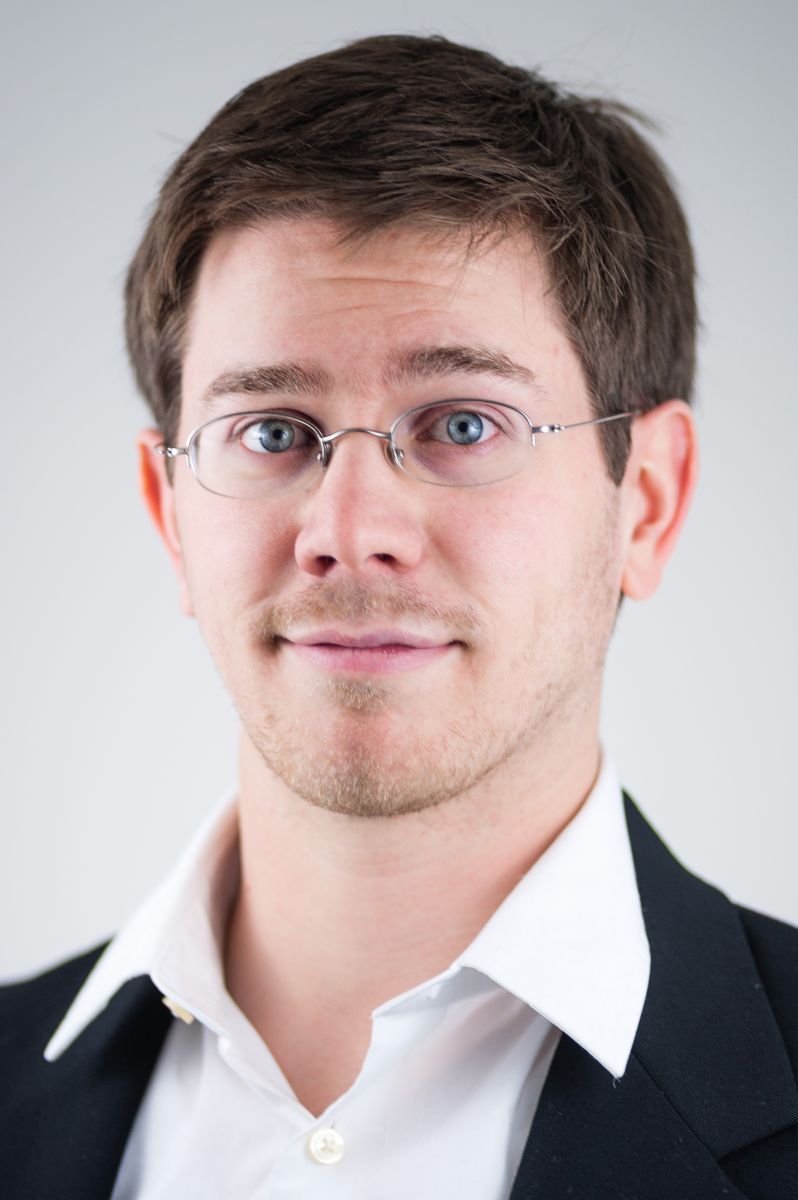
AJ Christensen is a visualization programmer for the Advanced Visualization Lab (AVL) at the National Center for Supercomputing Applications at the University of Illinois in Urbana-Champaign. His degree is in computer science and animation. This multidisciplinary background has enabled him to bridge the gap between technology and art, creating tools for artists and finding creative modes of collaboration with scientists. AJ has shared the AVL's work in visualization and immersive cinematic imagery at conferences such as IMERSA, FMX, and SIGGRAPH. AJ is also a volunteer on multiple committees for the ACM SIGGRAPH professional computer graphics organization, and he is a co-founder of the Champaign-Urbana Film Society (CUFS). Through CUFS, he has been an educator for K-12 students in writing, design, and technical literacy. In addition to many film credits on digital dome and IMAX documentaries with the AVL, AJ also has a credit on the IMAX film "Interstellar" where he contributed to the development of the visual effects for the black hole.
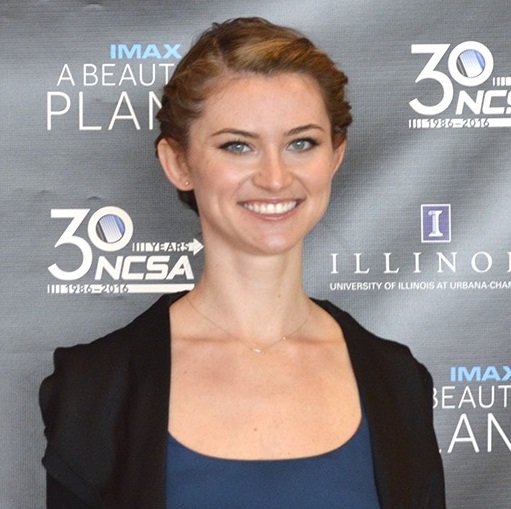
Kalina Borkiewicz is a visualization programmer in the Advanced Visualization Lab (AVL) at the National Center for Supercomputing Applications (NCSA) at the University of Illinois at Urbana-Champaign (UIUC). She is the author of HouVis, a scientific data visualization plugin for the commercial 3D animation and rendering software, Houdini. HouVis is a tool for reading, parsing, processing, and analyzing many different types of volumetric data. It allows artists to easily and efficiently create data effects, including creating isovolumes, softening edges with falloff, and interpolating data both spatially and temporally. Kalina has also created a tool which allows for editing camera paths, and seamless import/export between Houdini and and Virtual Director, an in-house tool for camera choreography. Kalina mentors undergraduate students, and has a particular interest in reaching out to girls and underrepresented minorities in STEM.
Most recently, Kalina has worked on software for documentaries including the dome show “Solar Superstorms”, and the IMAX film “A Beautiful Planet”.
 Alberto I. Roca is a first-generation Peruvian-American from Houston, Texas who received his Ph.D. in Molecular Biology from the University of Wisconsin, Madison. Dr. Roca is an independent scientist who developed a novel visualization technique (ProfileGrid) for the bioinformatic analysis of large protein families. The work has been presented at the bioinformatic visualization conferences VIZBI and BioVis as well as at the International Society for Computational Biology. He mentors minority trainees at the ISCB/ISMB annual conference as well as at the diversity conferences of the Society for the Advancement of Chicanos and Native Americans in Science (SACNAS), the Annual Biomedical Research Conference for Minority Students (ABRCMS), and the Richard Tapia Celebration of Diversity in Computing. At the Tapia conference he has co-organized a session on the topic of Visualization Research and Careers. Dr. Roca is also the Founder and Executive Director of DiverseScholar.org whose activities help graduate students and postdocs transition to professional positions by connecting trainees with institutional diversity recruiters. His non-profit's newest diversity initiative is EquitableTech that is educating minority students about open source software and tech entrepreneurship opportunities.
Alberto I. Roca is a first-generation Peruvian-American from Houston, Texas who received his Ph.D. in Molecular Biology from the University of Wisconsin, Madison. Dr. Roca is an independent scientist who developed a novel visualization technique (ProfileGrid) for the bioinformatic analysis of large protein families. The work has been presented at the bioinformatic visualization conferences VIZBI and BioVis as well as at the International Society for Computational Biology. He mentors minority trainees at the ISCB/ISMB annual conference as well as at the diversity conferences of the Society for the Advancement of Chicanos and Native Americans in Science (SACNAS), the Annual Biomedical Research Conference for Minority Students (ABRCMS), and the Richard Tapia Celebration of Diversity in Computing. At the Tapia conference he has co-organized a session on the topic of Visualization Research and Careers. Dr. Roca is also the Founder and Executive Director of DiverseScholar.org whose activities help graduate students and postdocs transition to professional positions by connecting trainees with institutional diversity recruiters. His non-profit's newest diversity initiative is EquitableTech that is educating minority students about open source software and tech entrepreneurship opportunities.
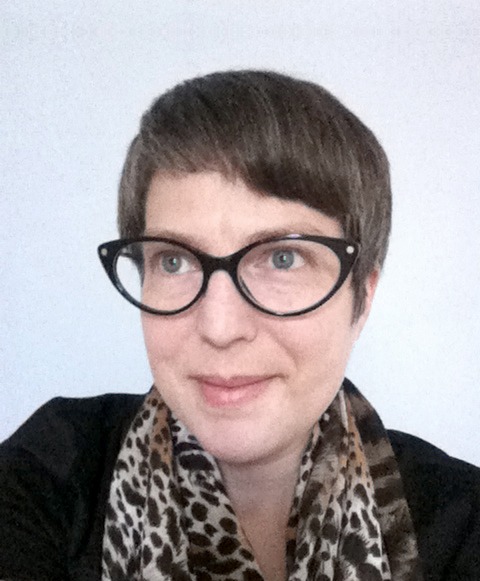
Jen Christiansen is senior graphics editor at Scientific American (SA), where she art directs and produces illustrated information graphics and data visualizations. She completed undergraduate studies in geology and art at Smith College, then happily merged the two disciplines in a scientific illustration graduate program at the University of California, Santa Cruz. She began her publishing career in New York at SA as an intern in 1996, moved to Washington DC to join the staff of National Geographic as an assistant art director and then designer, spent four years as a freelance science communicator, then eventually rejoined the SA team in 2007. Jen is obsessed with early pulsar data visualizations and the Scientific American issue archive.
.jpg)
Esteban García Bravo explores computational arts as a researcher, a practitioner and as an educator. He earned his MFA from Purdue University in 2008, and a Ph.D. in Technology, also from Purdue, in 2013. His research has been featured in the annual meetings of international organizations such as SIGGRAPH and ISEA, as well as in the publication Leonardo Journal of Art, Sciences and Technology. His artwork has been displayed internationally in media art festivals, exhibits and artist-in-residence programs.
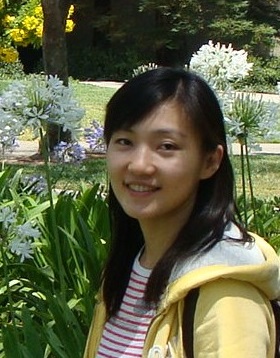
Tsai-wei Wu is currently a Data Visualization Specialist at the Research Computing (RCAC) of Purdue University. She joined RCAC in November 2015. With a background in computational optics, she started working as a research scientist at the Naval Research Lab in D.C. after graduation on earth's ionosphere modeling and visualization. She has experiences with Paraview and VTK files. She will participate the BPViz'16 and host a ParaView hands-on workshop.
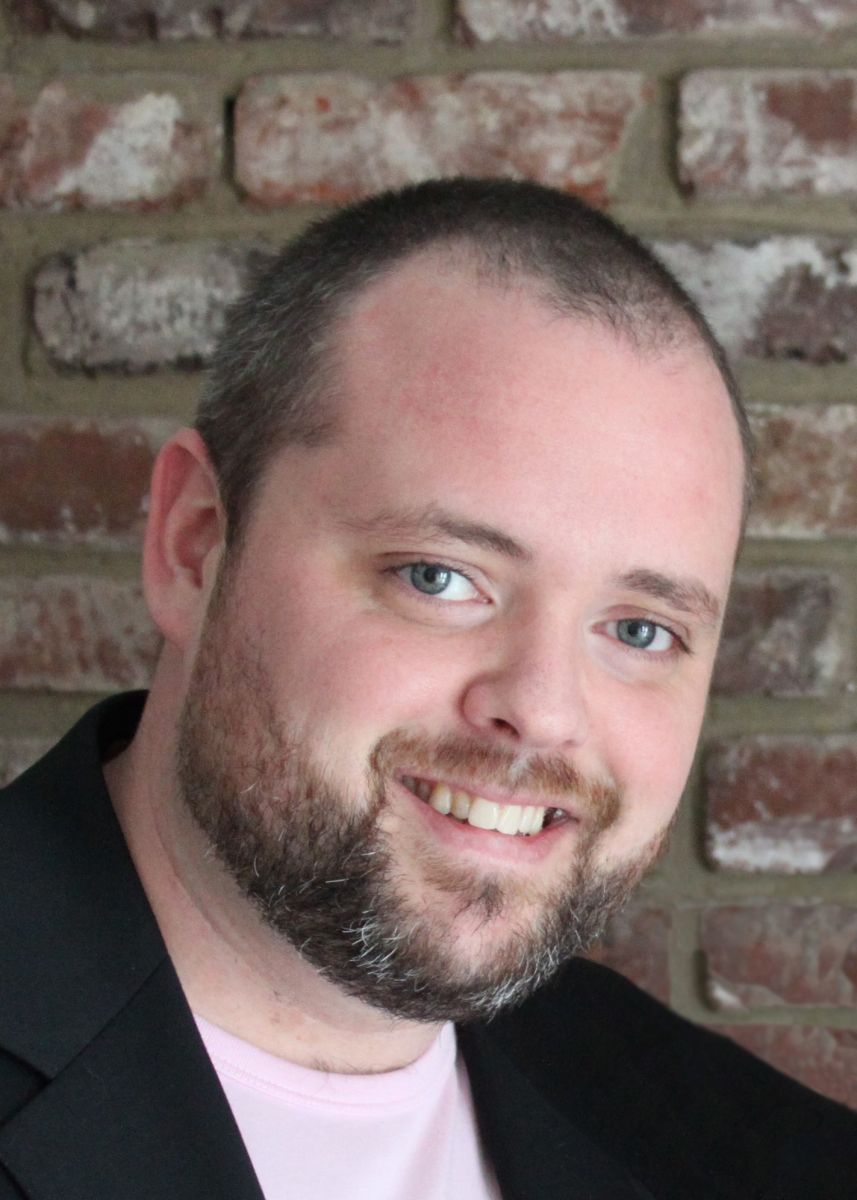 Robert Sisneros leads NCSA's Data Analysis and Visualization Group. This group is tasked with supporting science teams utilizing NSF HPC resources as well as furthering the state of scientific visualization through cutting edge research. As a senior member of the Blue Waters Project, Robert's research interests in I/O and visualization are primarily aligned with issues of particular importance to high performance computing. These include: in situ visualization, data models and representations, parallel analysis algorithms, I/O parameter optimization, and "big data" analytics. Robert earned the degrees of Bachelor of Science in Mathematics and Computer Science from Austin Peay State University and the degrees of Master of Science and Doctor of Philosophy in Computer Science from the University of Tennessee in Knoxville.
Robert Sisneros leads NCSA's Data Analysis and Visualization Group. This group is tasked with supporting science teams utilizing NSF HPC resources as well as furthering the state of scientific visualization through cutting edge research. As a senior member of the Blue Waters Project, Robert's research interests in I/O and visualization are primarily aligned with issues of particular importance to high performance computing. These include: in situ visualization, data models and representations, parallel analysis algorithms, I/O parameter optimization, and "big data" analytics. Robert earned the degrees of Bachelor of Science in Mathematics and Computer Science from Austin Peay State University and the degrees of Master of Science and Doctor of Philosophy in Computer Science from the University of Tennessee in Knoxville.

Colter Wehmeier is a recent graduate of the architecture program at the University of Illinois. An alumn of the NCSA's Students Pushing Innovation Program (SPIN), he is now an assistant researcher at the Cyprus Institute. As a self-taught programmer with a background in design and theory, he bridges the gap between the Cypriot architectural-archeological team and the NCSA's Advanced Visualization Lab. Under mentors Donna Cox and Georgios Artopoulos, Colter builds systems for accessing cultural heritage and artifacts through emerging virtual and augmented-reality platforms. His research explores digital cultural heritage, critical technology theory, and informatic systems for the built environment.
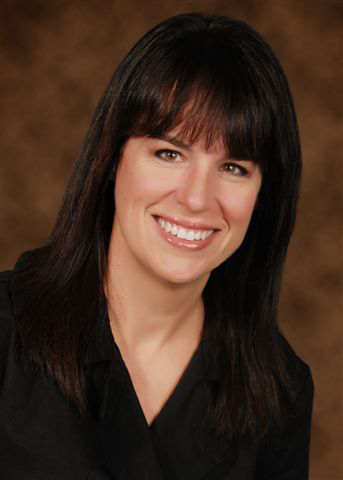
Kelly Gaither joined TACC as Associate Director in September 2001. She is now the Director of Visualization. She received her doctoral degree in Computational Engineering from Mississippi State University in May 2000, and received her masters and bachelors degree in Computer Science from Texas A&M University in 1992 and 1988 respectively. She has over thirty refereed publications in fields ranging from Computational Mechanics to Supercomputing Applications to Scientific Visualization. She has given a number of invited talks. Over the past ten years, she has actively participated in conferences related to her field, specifically acting as general chair in 2004 of IEEE Visualization.
. . .
